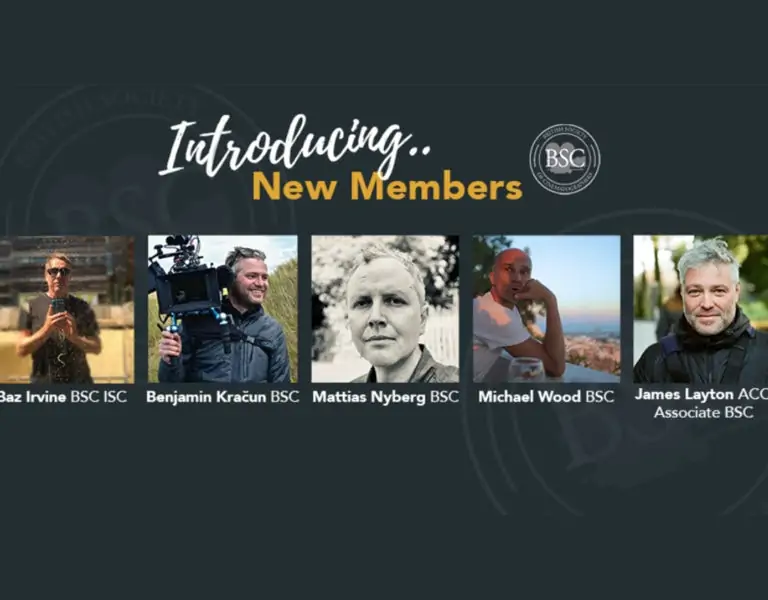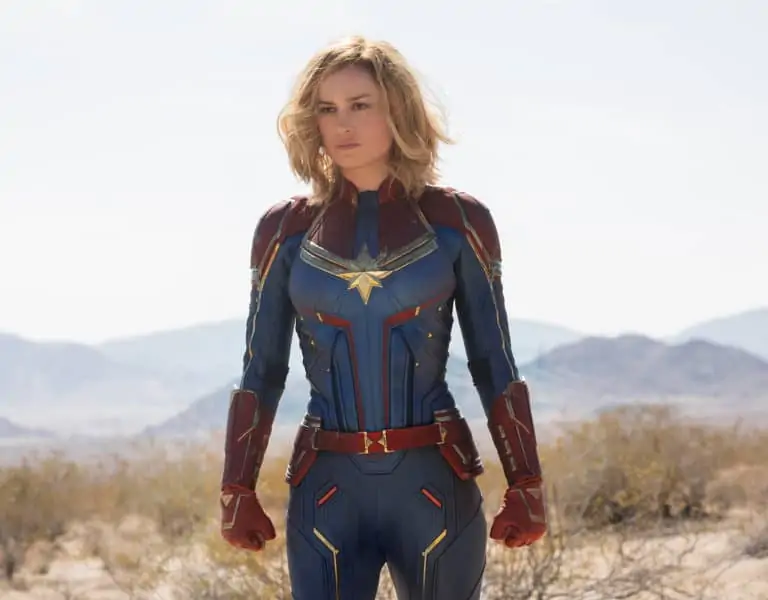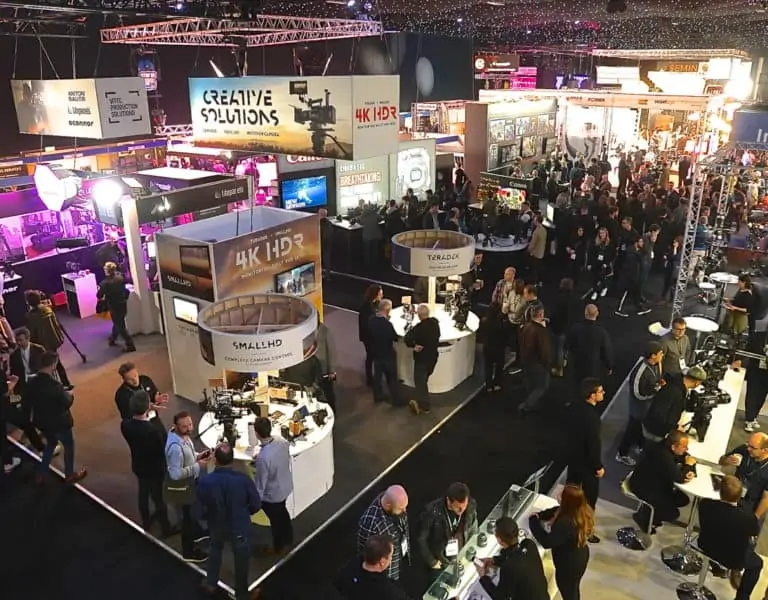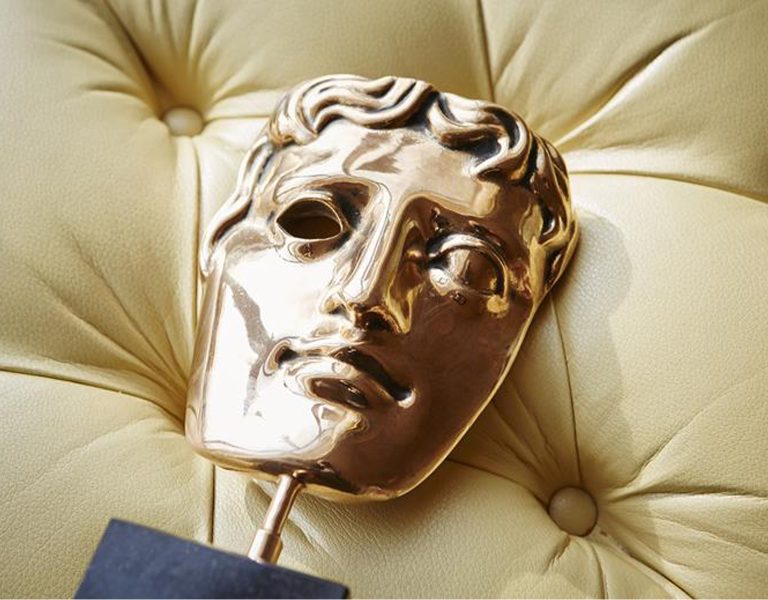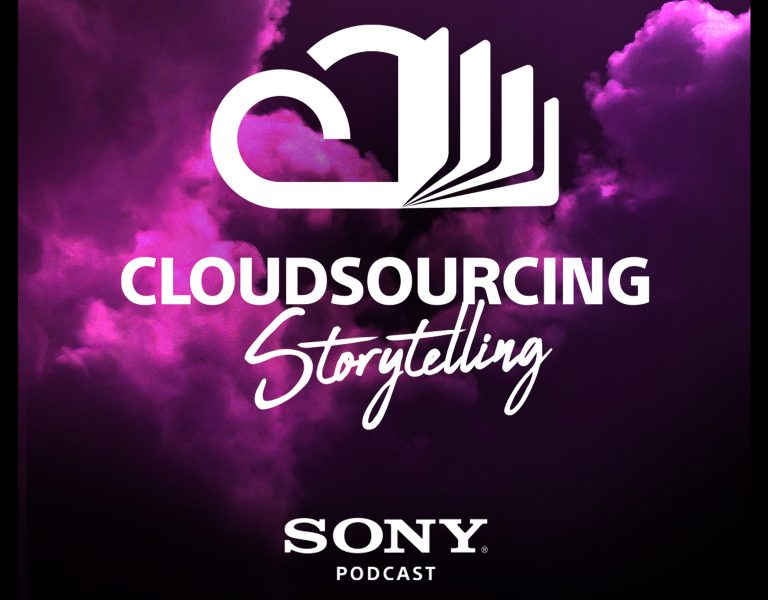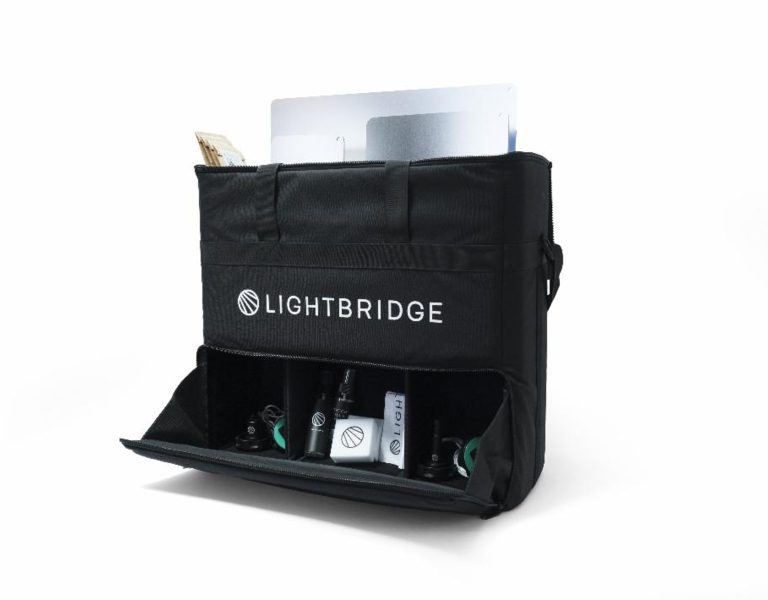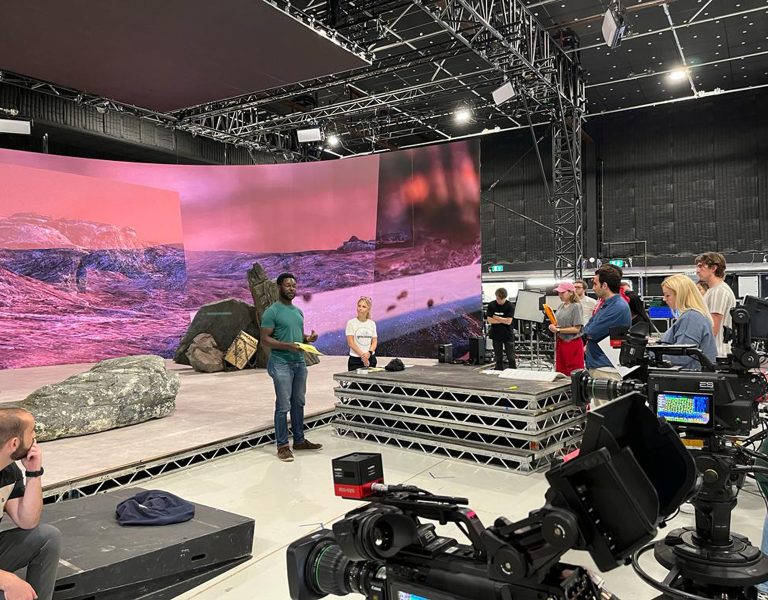
Utopia is a twisted conspiracy thriller about saving the world, while trying to find your place in it. Inspired by the British series (photographed by BSC members Ole Bratt Birkeland and Lol Crawley), the new eight-part Amazon Original is adapted by showrunner Gillian Flynn (Gone Girl) and centres on a group of comic fans who meet online and bond over their obsession with an apparently fictional comic.
As cinematographer Stephan Pehrsson BSC says of the story’s happenings, “Everything is calculated, and there are dark forces controlling all of it.”
Pehrsson was brought onto Utopia by director Toby Haynes to shoot episodes 1, 2, 3, 6 and 8 (Shawn Kim photographing the rest). Cohorts since meeting at the NFTS, their professional collaborations have included the Emmy winning Black Mirror episode U.S.S. Callister.
“Toby was invited over to the US to direct Utopia, and he brought me along,” Pehrsson says. “We’ve done it before where we set up a show in a different country with a new crew, so we were confident we could make it work.”
Utopia was shot in and around Flynn’s hometown of Chicago. Pehrsson began his prep in February 2019, with production starting in May and lasting into October.
Given the central conceit of its storyline, that a graphic novel contains world-shaking secrets, “we knew we wanted to merge comic books and conspiracy thrillers,” Pehrsson reflects. “We looked at classic conspiracy thrillers like Three Days of the Condor and The Icpress File, and we talked about pushing the colours and not being afraid of making it bold in that way.
“Gillian was very hands-on and very clear, but Toby was also given the freedom to be creative and put his own vision and ideas into it. Toby loves handheld and the sense of immediacy of being with the characters. Jessica Hyde [portrayed by Sasha Lane] has been on the run since she was a small child, and she has this crazy energy; it felt appropriate to follow her energy and be a bit wild and handheld with the camera in her scenes.”

Where the original had been captured spherically and in 2.39:1 aspect, this time they shot anamorphic. Sourcing their package through Panavision Chicago, the filmmakers paired the T Series optics with Panavision’s Millennium DXL2 camera, capturing 5K with a 2:1 anamorphic squeeze.
“Normally with anamorphics, it’s a 4-foot minimum focus, a T-stop of 4 — all those things you have to compensate for when shooting. But the T Series had all the right visual qualities – the anamorphic flare but with a 2-foot close focus, and you can shoot them wide open [at T2.3 for every focal length up to and including 135mm]. That made a huge difference.”
The whole show was largely shot on the 28mm and the 35mm. “We wanted to shoot wide, close to the actors, and put them in the centre of the frame. The actors were often looking at a tape mark on the matte box because we were so close.”
Whenever possible, the crew would run two cameras simultaneously. “When you have a 28mm close to someone’s nose, it can be hard to fit another camera in there, but most of the time we managed to find something interesting for the other camera,” Pehrsson says. “Especially for television, two cameras are invaluable for long dialogue scenes with lots of characters, extra eyelines, and the added beats and cutaways you never have time for when you shoot single camera.”

